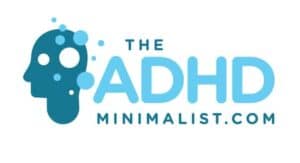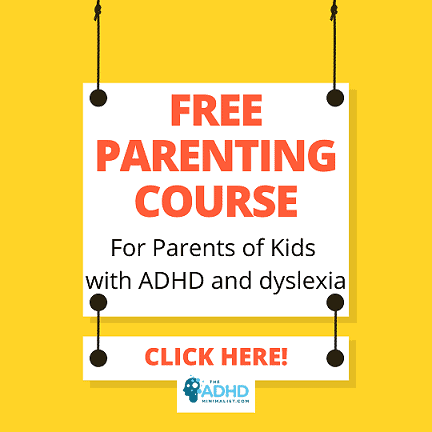
Detox Your Family From Sugar!
The reduced selection at the grocery store is a great excuse to try something new while waiting for Covid-19 to blow over. Your kids are not likely to get sweets, cookies, and cake from grandma or birthday sweets from parties over the next few months.
In short, your body turns sugar into glucose (also sugar) which the brain uses for fuel.
Eating a high sugar concentration in one sitting causes a spike in glucose and hyperactivity followed by a sugar crash.
You crash when your brain has burned all the fuel-making you feel sluggish. That is the adverse short-term effects of sugar.
Overeating on sugary treats long-term causes the brain to protect itself from an overabundance of dopamine.
The brain begins turning off dopamine receptors. You will need to eat more sweets to get the same dopamine high that you used to get on half the calories. This fuels addictive behaviors.
Being isolated makes this the perfect opportunity to make some changes to your family’s diet.
You will not have to explain what you are doing to others, beg the school to cooperate, or request that grandma quit giving your kids treats.

How Sugar Affects Us All
Sugar affects how all our brains function. When we eat sugar or processed carbs, our bodies turn them into glucose or sugar. Your body burns the glucose to fuel you (rather like a car).
Your brain depends on a steady supply of glucose for fuel since your brain can’t store glucose, and neutrons need lots of energy.
When you eat foods high in sugar, your tastebuds send a signal to the brain telling it to release the neurotransmitter dopamine.
Some researchers believe that the dopamine signal can be released just by seeing a desirable sweet treat.
The feeling of being rewarded for eating sugar is triggered by dopamine. Simultaneously sugar stimulates the neurotransmitter serotonin to be released in the brain.
Serotonin is associated with feeling happy.
Whenever you eat sugar your brain releases dopamine and serotonin which is so pleasurable that you want to eat more and more and more.
Unfortunately, sugar can produce free radicals which wreak havoc in the brain interrupting brain signals and making you forgetful.
You would think the answer to the free radicals would be insulin which can strengthen the connections between nerve cells, but when we consume excess sugar the insulin is redirected to the gut and your brain receives less insulin which causes you to be forgetful.

All of this plays a part in what we call a sugar crash.
We have all experienced overeating on sugar. First, we feel more energized and alert, maybe even hyper, then comes the crash after burning all our sugar and using all our dopamine, serotonin, and insulin.
The ‘Crash’ causes us to feel sluggish, our brain processes information slower, and often we feel anxious, irritated, depressed, sleepy, and cranky!
Having a sugar crash once in a blue moon is not a big deal, but overeating on yummy, sugary, calorie-dense foods can flood your brain with too much dopamine.
Suppose you continue to over-consume sweet and fatty foods regularly (over extended periods). In that case, your brain is forced to reduce the number of dopamine receptors in order to block some of the dopamine signals.
In other words, if you overeat on ice cream every day for years, eventually your brain will block many of the pleasure signals caused by dopamine.
That is why people who overeat on sweets are likely to become overweight.
They must continually consume more sugar to maintain the same amount of pleasure signals they had received days or months before.
That is a growing negative spiral, and many caught up in it can’t stop.
Researchers found through brain-imaging studies that eating for pleasure and eating for hunger stimulates two completely different brain regions.
Eating for pleasure stimulates the reward center of the brain, the same center that drives gambling addictions and drug abuse, among other things.
Learning to curb the desire for too many sweets at an early age may help kids stay away from other addictions later in life.
‘’Pleasure is exciting. Happiness is transcendent. More importantly, pleasure is dopamine. And happiness is serotonin.’’ writes Robert H. Lustig for The Atlantic.

ADHD and sugar abuse
If your family is like mine, you have some sugar addicts at home.
My husband and I have three kids. The oldest two are diagnosed with ADHD and ADD.
ADD is now called Attention Deficit Hyperactivity Disorder-inattentive. I will refer to both ADHD and ADD as ADHD in this article.
Children and adults who have ADHD have low dopamine levels. Sugar and other processed carbohydrates raise dopamine levels.
This is why those who have ADHD are extra susceptible to sugar cravings.
Continually binging on sweets causes your brain to turn off dopamine receptors, resulting in even more overeating to reach the same dopamine high previously felt by half the food! That is terrible news for all of us!
Those with ADHD are very impulsive and more susceptible to addictions, which can cause them to continue eating sugary food when the rest of us would have stopped.
Once ADHD kids subconsciously associate sugar with raised dopamine levels, it’s hard to keep them from raiding the pantry!
If your child takes medication like Ritalin, which leaves the body in the afternoon causing low dopamine levels, your child will be drawn towards sugar, like a magnet is to metal.
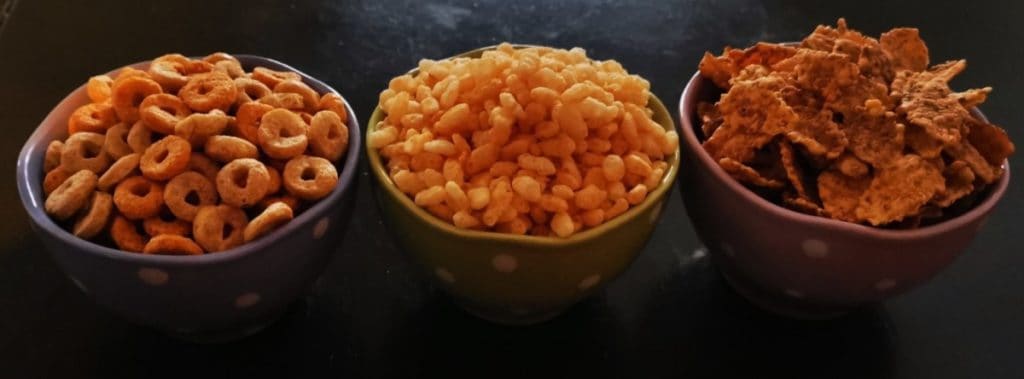
Sugar cravings at our house
At our house, candy, hot chocolate, sugary cereal, and Ice cream disappear almost immediately after bringing them home from the store!
These are things I buy for special occasions, and the kids are supposed to ask before eating them, but the rewards of higher dopamine levels make the temptation of sugary foods irresistible for my ADHD kids.
I first noticed the increased sugar intake when my son was eight.
As soon as my son came home from school he made a beeline for the kitchen and started stuffing his face with any sugary food he could get his hands on!
When I tried to stop this behavior, it caused significant conflicts.
After doing some research I decided that he must be trying to self-medicate his ADHD and I decided it was time to try ADHD medication.
Annie
Several years later (my son is now 13), he still consumes more sugar than the rest of the family, and he often sneaks sugary snacks behind my back.
Those with ADHD are said to be at higher risks for substance abuse and obesity later in life.
Although my son shows no signs of being overweight at the moment I believe that showing him better alternatives for his sugar cravings can help him control future cravings and addictive behaviors.
I try not to have too much sugar in the house at any given time, but now that we are at home because of the coronavirus, it seems to be the perfect time to let the sugar run out!
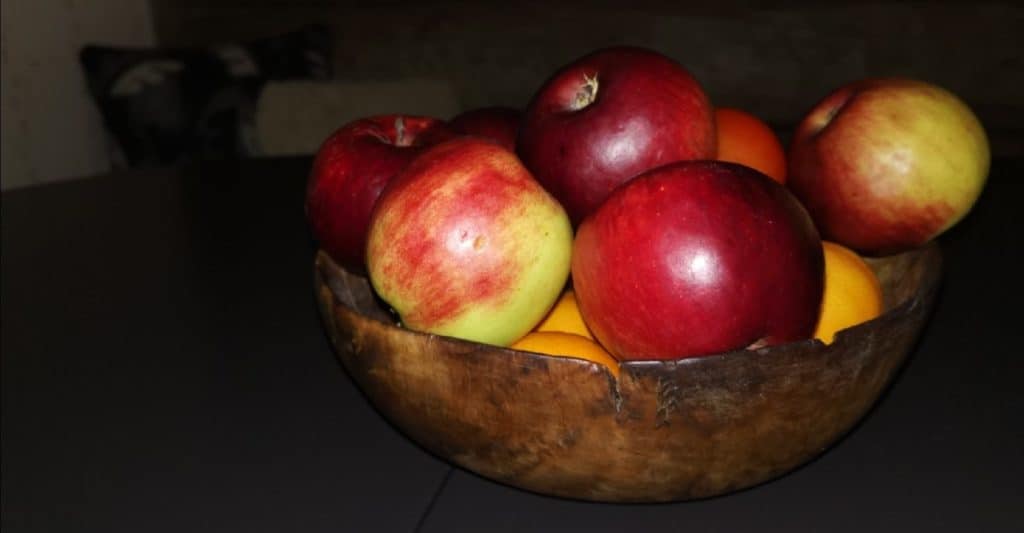
Sugar detox is simple, just quit buying sugar!
In Sweden (where we live), we still have plenty of fruit and vegetables on the grocery store shelves.
I plan to let the kids eat up the little remaining sugar.
I found it’s often better to let things be a gradual process.
I get a better reaction from my kids if the sugar gradually disappears than when I try shock tactics like throwing all the sugar in the trash.
I usually have to deal with anger and tantrums when I do things suddenly. When the sugar is gone, it’s gone. I plan to buy some sugar substitutes and fruit to help curb my kid’s cravings more healthily.
Fruit has fiber which slows the natural fruit sugar’s entrance into the bloodstream. The vitamins and nutrients in fruit are also a plus.
Birch sugar or xylitol is probably my favorite sugar substitute. Birch sugar and Stevia rank low on the glycemic index.
The glycemic index is a measurement for how quickly your blood sugar may rise after eating certain foods. Higher ranked foods cause your blood sugar to rise quickly.
You can check out the link below to see a list of how different sweeteners rank. http://www.sugar-and-sweetener-guide.com/glycemic-index-for-sweeteners.html
There are other sugar substitutes like fructose and several blends of different sweeteners, but I would stick with sugar substitutes made from natural ingredients.
Giving my family sugar substitutes like aspartame which has been found to have some alarming side effects, is not an option for me.
I have opted not to worry about the sugars in Ketchup and other condiments, and I buy those that say they have less sugar and less salt. We do not purchase many foods that are processed and ready to eat.
If you regularly eat these fast and easy meals, you may want to read the ingredients.
Often there is more sugar lurking in everything from lunch meat to bread than one thinks, but unless you want to be fanatical about reducing sugar, just concentrate on removing desserts, sugary snacks, and cereals from your diet.
Fortunately, you can usually buy a sugar-free option or make it yourself.
We eat lots of apple crisp topped with birch sugar mixed with oatmeal and butter when we do a sugar fast.
I am not trying to cut out all white flour or milk during our sugar detox.
White flour and milk are also turned into glucose or sugar once they enter your body, but to make this sugar fast, smooth, and easy, I am not worrying about these foods.
If you cut sugar, you will automatically cut out a lot of white flour.
Our family has done sugar fasts every couple of years. I believe this is good for our bodies as well as our self-control.
Often we have gone on fasts for about six months, but cutting out sugar for any number of weeks or months can be beneficial.
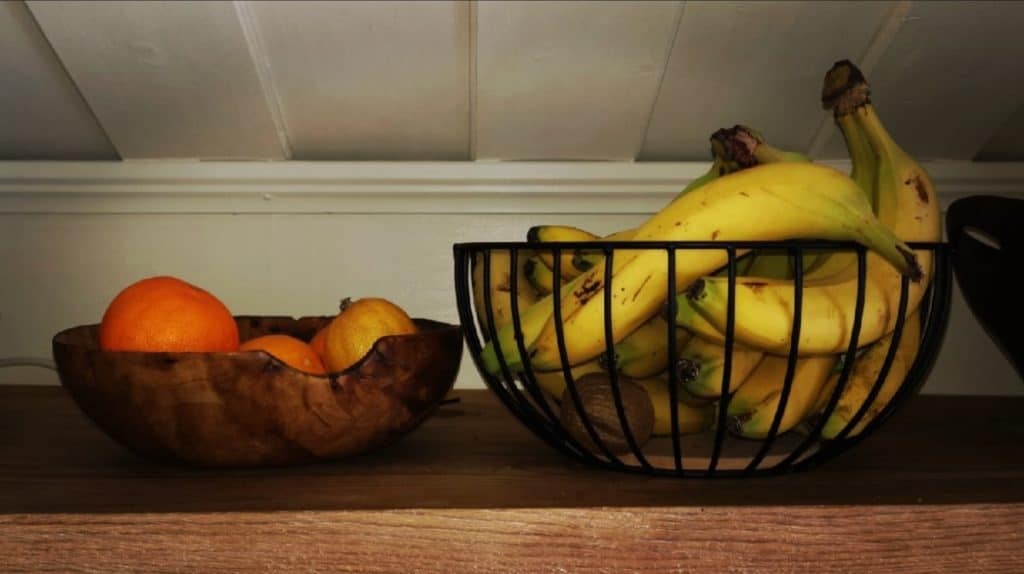
Hopefully, cutting sugar can help you and your kiddos concentrate on work and school and keep hyperactivity in your home to a minimum. Good Luck!
For more information or reading, tips, check out Our Favourite Resources page https://theadhdminimalist.com/our-favourite-resources/
If you have questions or comments, please email me at annie@theadhdminimalist.com
Sugarless Apple Crisp
Six big apples may need more or less depending on size. Cover the bottom of the pan with an inch of cored and sliced apples. Peel if you like.
1 cup birch sugar or another sugar substitute
2 cups oatmeal
1 cup melted butter
Cut, peel, and slice enough apples to cover the bottom of a 9 x9 inch pan. Sprinkle the apples with cinnamon.
Mix melted butter, oatmeal, and birch sugar (or another sugar substitute) in a separate bowl. The mixture should be on the dry side, and add more oatmeal if needed. When all the oatmeal is coated with butter and sugar, spread it over the apples and bake for 30 minutes at 390 degrees Fahrenheit or 200 degrees Celsius.
To read about how Limbic Bonding changed our lives for the better click here. https://theadhdminimalist.com/how-limbic-bonding-transforms-adhd-children/
If you are considering ADHD medications for your child PLEASE READ THIS FIRST! https://theadhdminimalist.com/how-three-different-adhd-medications-affected-my-son/
If you would like to read more on this subject, check out the links below.
(Source) https://www.scientificamerican.com/article/how-sugar-and-fat-trick-the-brain-into-wanting-more-food/
(Source) https://www.scienceabc.com/humans/sugar-affect-brain.html
Copyright Annie Eklöv
